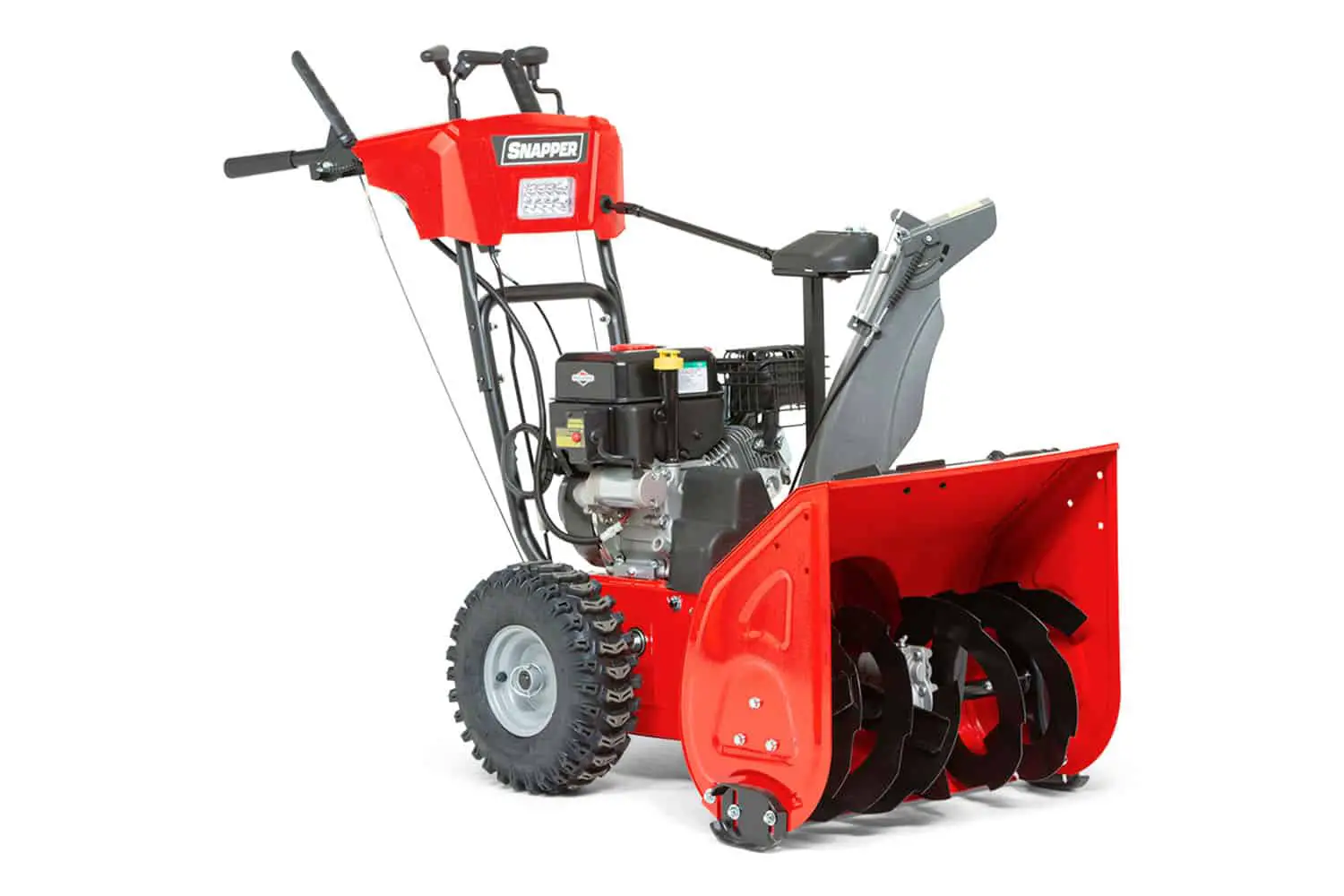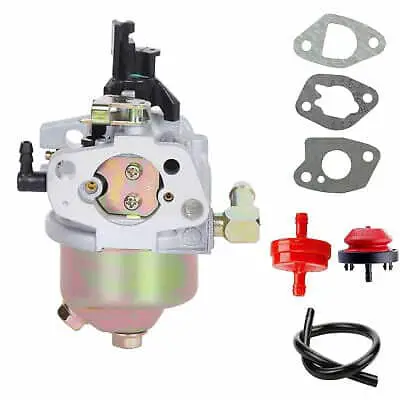Various kinds of intakes in geometries are determined by whether they are frontal. Fuel tank air intakes or laterally. Isentropic or lip air intake levels on the trunk conical, semicircular, two-dimensional air intakes. An air inlet with two dimensions. When it comes to designing a car, there are a variety of variables to consider.
What is a snowblower?
A snowblower or Snow Thrower represents a machine for removing snow, usually from a driveway or sidewalk. The snowblower mechanism is based on a rotating spiral blade that picks up and propels the snow aside.

A snowblower, a snow thrower, is a machine designed to clear snow from driveways, sidewalks, and other surfaces. It is a motorized device commonly used to remove accumulated snow in winter.
Snowblowers come in various sizes and types, but they generally consist of a housing unit that contains an auger or impeller, an engine, and controls for operation. The drill is a rotating mechanism with blades or paddles that breaks up and scoops the snow into the housing unit. The impeller then throws the snow out of a chute, which can be manually or electronically adjusted to control the direction and distance the snow is thrown.
Like a tractor, snowblowers can be powered by gasoline engines, electric motors, or a larger vehicle’s power take-off (PTO) system. They are typically self-propelled, meaning they have wheels or tracks to move the machine forward, making it easier for the operator to navigate through the snow.
Using a snowblower can significantly reduce the physical effort required to clear snow compared to traditional methods like shoveling. As a result, they are handy for larger areas or heavy snowfalls, as they can quickly and efficiently remove snow, saving time and energy.
How much does a snowblower weigh?
A snowblower’s weight can range from 25 Pounds for small machines such as Snow Joe SJ617E to a standard weight of 80 to 100 pounds (41 kg) for snowblowers of 21″ to 23″ clearing width, up to 475 lbs for a big Simplicity snowblower.
How much is a used snowblower worth?
A used snowblower is worth, on average, from $70 to $500. Usually, new cheap snowblowers cost around $130 (Snow Joe SJ615E Electric Single Stage Snow Thrower), while the most expensive can be $5000 (Dual Stage Signature Pro Snow Thrower. 38″ 21.0HP Pro. Model 1696930).
When you buy the first Snowblower, the next question is:
What kind of oil can I use for the Snowblower?
You can use SAE 5W-30 weight oil for snowblower machines because these devices work in winter and cold weather (W oil grade stands for winter). In addition, you can use higher service-grade motor oils such as SJ, SL, or SM, which have high resistance to flow due to their greater viscosity.
Various kinds of intake exist. Generally, its geometries are similar to complement. The scandal is intended to reduce constant supersonic exchange to a subsonic one at the combustor inlet. Additionally, static stress will increase. When a standard shock is used in the damper, the change from a fluid velocity to a shock wave occurs through an increasing portion. This happens when the inlet entrance is far from the burning senate’s inlet due to low burner pressure, equivalent to lower gas flow rates. Shock travels upstream and into the air filter under high-pressure combustor conditions. Buzzing might result. As a result of the blazing flames coming outside the Air, this occurrence should be averted.
How to start a snowblower?
To start a snowblower, turn the key and clear the snow. However, if you do not have automotive-style ignition, do the following steps:
- Plug into an extension cord
- Push the small button (located near the plug) until the machine starts.
- Unplug the cor
How to start a snowblower that has been sitting?
Drain the tank and add fresh fuel and a stabilizer to start a snowblower sitting. Then, try to start the engine; if the machine can not begin, clean the carburetor.
Where is the carburetor on my Craftsman snowblower?
The carburetor on the Craftsman snowblower is usually on the right-hand side underneath the starter. The carburetor supplies a spark-ignition engine with a mixture of fuel and Air. See the image of how the Craftsman carburetor looks like:

How to clean a snowblower carburetor?
- Turn off the snowblower engine. Need to be the cold engine.
- Remove the float bowl and flathead.
- Remove the carburetor bowl.
- Clean the removed dirty carburetor with a carburetor cleaner.
- Clean the bowl, nuts, and holes.
- Use compressed Air for better cleaning.
- Carefully reassemble every part you removed.
How to clean a snowblower carburetor without removing it?
Spray a carb cleaner on the bowl’s surface to clean a snowblower carburetor without removing it. Next, try to remove the dirt with a wiping cloth. Use compressed Air for better cleaning if you have one. Then, drag the fuel jet and repeat the process.
Now, let us talk about starter fluid snowblowers:
How to start a snowblower with starting fluid?
To start Snowblower with starting fluid, you must access the carburetor intake (located behind the air filter). Try solid squirts into the carburetor’s throat and then start the engine.
Where to spray starter fluid on a snowblower?
It would help if you sprayed starter fluid into the air intake of a snowblower. Usually, the carburetor information is located behind the air filter.
Where is the air intake of a craftsman, such as a snowblower?
Air intake on a Craftsman snowblower is located at the end of the tube attached to the carburetor away from the engine.
Calculations can calculate the qualities of an air filter for basic situations of the angle of strike and rolling inclination. However, an experimental method is still necessary to get all the Mach numbers, velocity, yaw, and roll angles. Then, in a test rig appropriate to the flying circumstances to be replicated, a similar process of the car’s front portion is installed, extending one or two diameters beyond the air filter.
A century ago, the automotive industry was rocked by a revolution fueled by rising petroleum prices and tighter emission rules. As a result, carburetors were phased out in favor of more effective payment fuel EFI. Polar ice blowers have also adopted IGT engines and provide several benefits to users, such as improved power, dependability, efficiency, and flexibility of use.
Can you use a snowblower on a gravel driveway?
You can use a snowblower on a gravel driveway if you have a two- or three-stage blower. In that case, a two(three)-stage blower with self-propelling is excellent because you wouldn’t need to push it.
What kind of engines are used in Ariens snow blowers?
Aside from carbureted versions, consumers may now choose Igt units. For a fire to exist, in which category do you think there is the snowiest blower? You do or don’t profit from Edi based on how you use it. An ignition, certain variables, and a particular sequence of events must be met. Fuel and air mixes are among them. Energy ratios in snowplow engines have relied on carburetors for years. Fortunately, Esi technology can now do this task because of technological advancements.
One of the main advantages of EFI technology is its ability to start coolant engines. Engines not running for at least 2 – 3 hours must be stopped and fueled while cool. A lack of gasoline means a user must choke their engine, limiting airflow to the intake and manually supplying fuel to the motor by pushing the priming bulb. It’s not a challenging operation, but knowing how much to choke and fuel the engine to get started might be difficult. All of it is eliminated with EFI systems. Unfortunately, there are no fluid filters on most snow blower motors, including layered-over marble snow thrower engines. Although this isn’t a problem for machines used less often than a brushless motor or a car’s motor, there is all the more incentive to do regular oil changes to remove impurities from your pressure tank.
Where do you spray the starting fluid on a snow shovel? With a 4-stroke engine, the intake is the most convenient place to put the meter. After removing the air filter, the liquid should be poured straight into the inlet pipe. The head gasket hole of the piston is another option.
After following the carburetor’s inlet tube out from the engines, the air intake may be discovered by following the line to the conclusion. Air enters the machine through its pipes.
A few snow blowers are required to have an air filter; however, most snowplows do not. Therefore, it is essential to use standard diesel with the required viscosity, such as 5W-30 or artificial 0W-30, to keep the car operating smoothly in the snowiest conditions. In addition, quasi or 2-cycle greases can harm and decrease the engine’s lifespan.
The usual lifespan of a lawnmower is 15 to 25 years, assuming that it is adequately maintained. This type is used in snowblowers the same way in automobiles but does not need to be replaced every three days as the oil in an average car does. Oiling your stump grinder is best done after you’ve used it for the final time and are set to store it for the springtime. E can survive 10 or 50 hours max, depending on how well it’s cared for.
It takes roughly 30 days for the fragrant components of the Air to dissipate to the point where they can cause no starters, slow starts, foul play, or even motor damage. The gummy and varnishes that remain from the gas foundation clog vital channels in the carbs. For example, a coating on the input valve stem might cause the valve to call the police, fail to shut correctly, or close altogether if the valve is damaged.
A fuel stabilizer extends the life of fuel and prevents deposits from forming in the snowplow vehicle’s components.
Most of the time, you are one thing to look for. One of these is the “tickler” in the base of the floating bowl, which makes the water float. When they are a bit stuck—the carburetor’s fuel—a new sealant may be required. The input valve should also be checked. Some carburetor cleaning or pressurized Air may be able to repair it.
The carburetor should be removed for maintenance, although operating it while still on the motor is possible. Replace the floating basin by twisting the nut at the base. Be careful that perhaps the floating basin will contain some gasoline. The float will be dangling from a joint whenever the bay is lifted. Your gasoline is more than 30 years old; throw it away. It can’t be renewed.
Snowblower won’t start – How to fix a snowblower?
To fix the Snowblower, you need to do the following steps:
- First, examine the fuel line for damage.
- Drain and replace old gas in the tank
- Add fuel stabilizer to the gas tank.
- Clean or replace the spark plugs.
What does it mean to zero turns on a snowblower?
Zero turns on a snowblower means the machine’s turning radius is inches or a zero-degree turn radius. To upgrade your snowblower zero-turn mower, hook up the accessory to the tractor.
How do I store my Snowblower?
To store a snowblower, you must add a stabilizer to the gas tank, cover your machine with a cover, and put it in the garage or other safe places.
